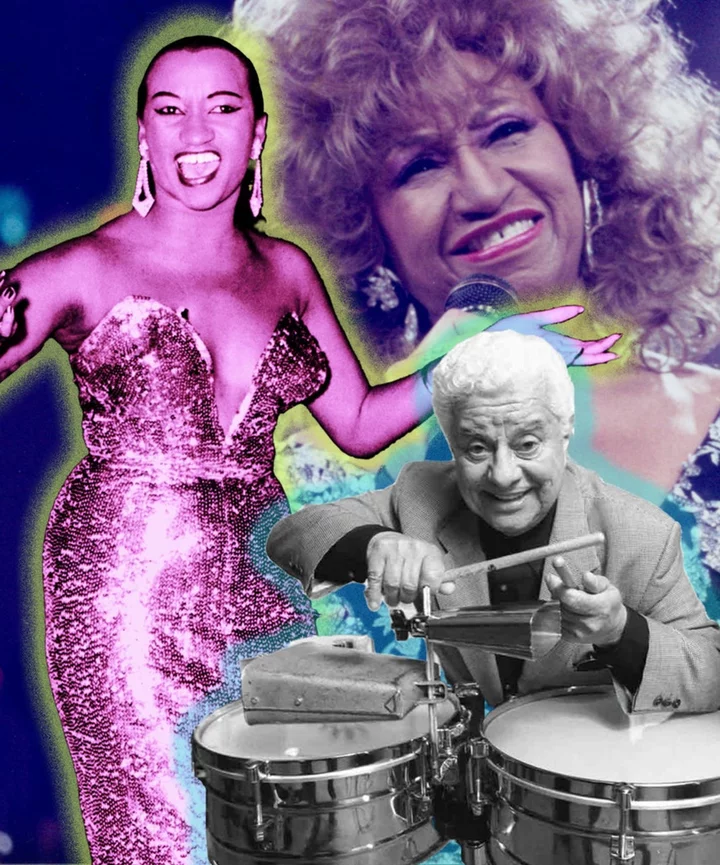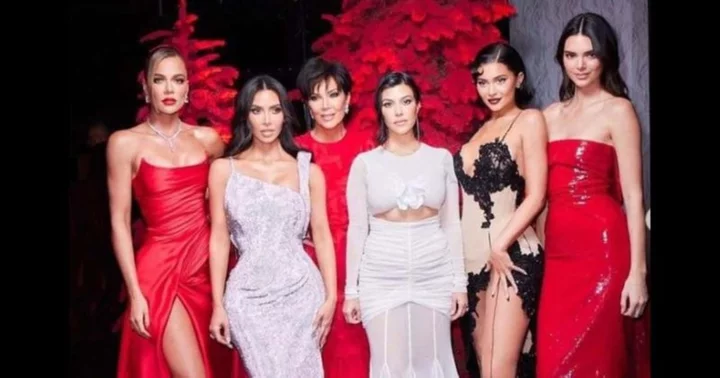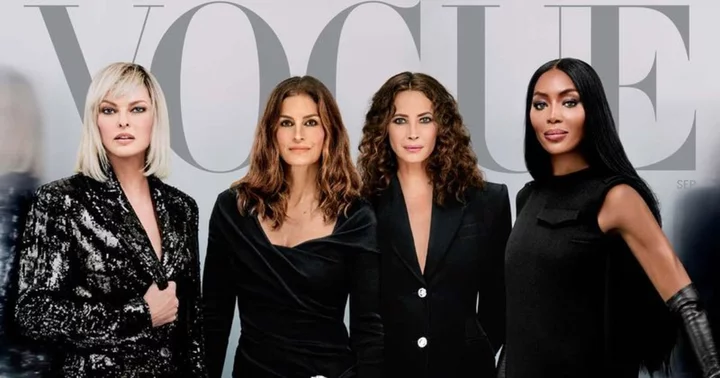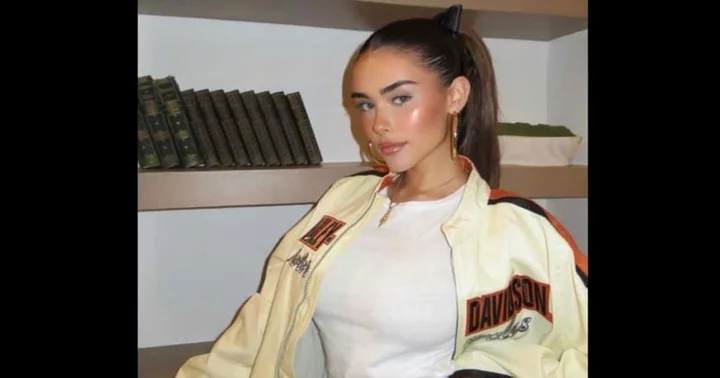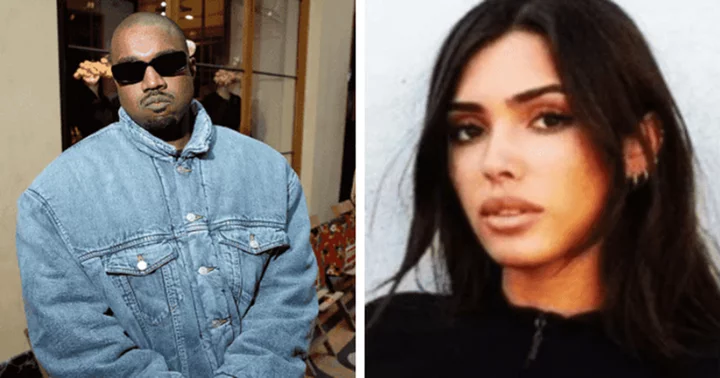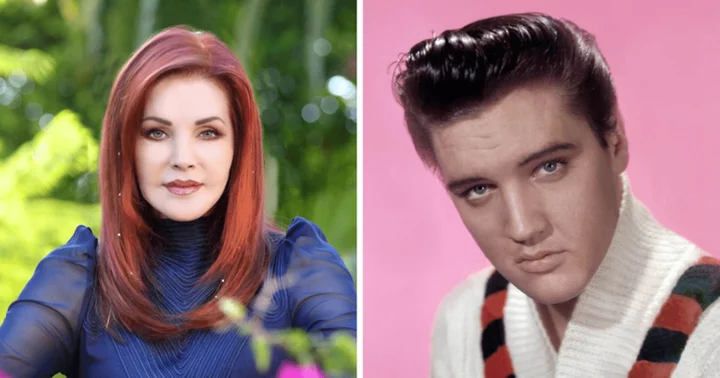The generation that danced salsa at the Copacabana is leading the movement to ensure the genre’s contributions to global music culture are well documented and have a permanent physical home.
Three salsa-loving Afro-Latines in New York City are raising money to develop the International Salsa Museum (ISM) in the Bronx, also known as “El Condado De La Salsa,” where the art form emerged from local Puerto Rican, Cuban, Dominican, and Panamanian musicians and became a global force. They are on a mission to preserve and amplify salsa’s place in Latin music history while uplifting its impact on Latine families and communities in New York and across the world.
“The most unique and bizarre museums exist,” says ISM co-founder Ilialis “Lily” Reyes, a New York-raised dominicana. “There’s a Museum of Ice Cream, but there’s nothing for salsa?”
The project has the support of Tito Puente’s and Celia Cruz’s estates, legendary salsa musicians including La India, elders like “The Mambo King” Eddie Torres Sr., choreographers, dancers, and music industry professionals who want to build a tangible legacy for the genre and the culture.
“While salsa was notably male-dominated, women have been fundamental to realizing the vision for this museum.”
Janna A. ZinziWhile salsa was notably male-dominated, women have been fundamental to realizing the vision for this museum by joining the advisory boards, producing events, and creating eye-catching art to promote the cause. In 2021, Reyes, a social worker with some music industry experience, co-founded the ISM with Willy Rodriguez and Manny Tavarez, both who share her passion for her community and have a deeply ingrained love for salsa music and culture. Rodriguez is the musical director of the Tito Puente Jr. Orchestra and La Excelencia; he credits salsa — namely Celia Cruz, who encouraged him to play music — for saving his life. The trio feels it is their duty to keep salsa music’s rich cultural history alive, especially as the genre’s elders have passed away or soon might.
“Salsa for me represents my childhood,” Rodriguez says. “[I] just remember growing up, listening to salsa. We feel like the genre is slowly dying, and we want to preserve that rich cultural history of salsa and educate the youth so that they are well informed of Celia Cruz and Johnny Pacheco, so on and so forth.”
Reyes is particularly focused on using salsa and music education to connect with the local Bronx community, especially young people. “My role in ISM is to advocate for how music and education can impact mental wellness in a positive way, especially in our inner-city communities,” she says. “We all know that in particularly Black and Latino communities seeking out mental wellness or just talking about mental wellness is seen as a stigma.” Reyes hopes that the museum can provide a space that children, youth, and families can depend on for music and art in their community, especially as city budgets often cut the arts first.
While they raise funds to secure the Kingsbridge Armory in the Bronx, they are hosting virtual exhibitions and pop-up events throughout New York City and places like Miami, a hub for Latin music. In 2022, ISM partnered with the New York International Salsa Congress, which hosts its annual global dance conference in New York City. Together, they orchestrated a special tribute honoring the illustrious Victor Manuelle along with a pop-up Salsa Sala, designed like an abuelita’s living room, where many Latines’ connection to salsa first developed.
“Being a part of the pop-up for me meant honoring the home and the familial culture behind the music,” says Rebecca Gitana, one of the artists who designed the pop-up. “While it was an honor to handle and arrange many of the artifacts displayed, it was our nostalgic installation that evoked so much emotion for so many. Through our Salsa Sala, we honored our connection and part within this powerful genre. I heard a few people emotionally share how that installation brought them back to their very own life, childhood, and the elders who will always be their very own Queens and Kings of Salsa.”
“We feel like the genre is slowly dying, and we want to preserve that rich cultural history of salsa and educate the youth so that they are well informed.”
Willy RodriguezThese pop-ups also offer a peek into what the museum will offer, including artifacts such as untouched La Lupe records, Tito Puente’s handwritten music sheets, sequin jackets and outfits from The Mambo King, and even a cowbell — a ubiquitous and distinct instrument and sound in salsa music.
“Whenever we do a pop-up, we cry because we just did something for our ancestors and elders. We can’t leave it up to another institution,” says advisory board member Janice Torres. “Who’s gonna have that passion — it’s us. We are cultural stewards of this early Latin music, and we want others to love it and protect it as much as we do. Salsa is, has been, a unifying force across all of Latin America.”
Because of the overwhelming reception of last year’s Salsa Sala, ISM will return to the New York International Salsa Congress over Labor Day weekend, bringing this historical immersive experience to thousands of dancers and salsa enthusiasts from all over the world.
One of the pop-up visual artists, Sir, asserts the importance of multimedia ways to experience salsa’s history and to encourage Latine pride. “Art and music go hand to hand,” she says. “We need a museum so that people can not only feel the music but also entertain their eyes on our culture and the impact it has on the world. To see women behind this movement inspired me more to continue on my journey representing my beloved culture of Puerto Rico.”
“We are cultural stewards of this early Latin music, and we want others to love it and protect it as much as we do. Salsa is, has been, a unifying force across all of Latin America.”
Janice TorresIt is clear that bringing this vision to reality is a labor of love and also an ancestral mandate. While the team acknowledges that it may take years to break ground, now is the time to plant the seeds and create opportunities for folks to engage with the culture while some of our legends are still living. The Universal Hip Hop Museum — also opening in the Bronx — has served as inspiration; both genres share a history and timeline of musical innovation that transformed global pop culture. To get involved and donate, visit the International Salsa Museum’s website and follow them on Instagram.
“We can eclipse Hollywood tenfold when we come together,” Torres asserts. “A tweet, a repost supports the community.”

